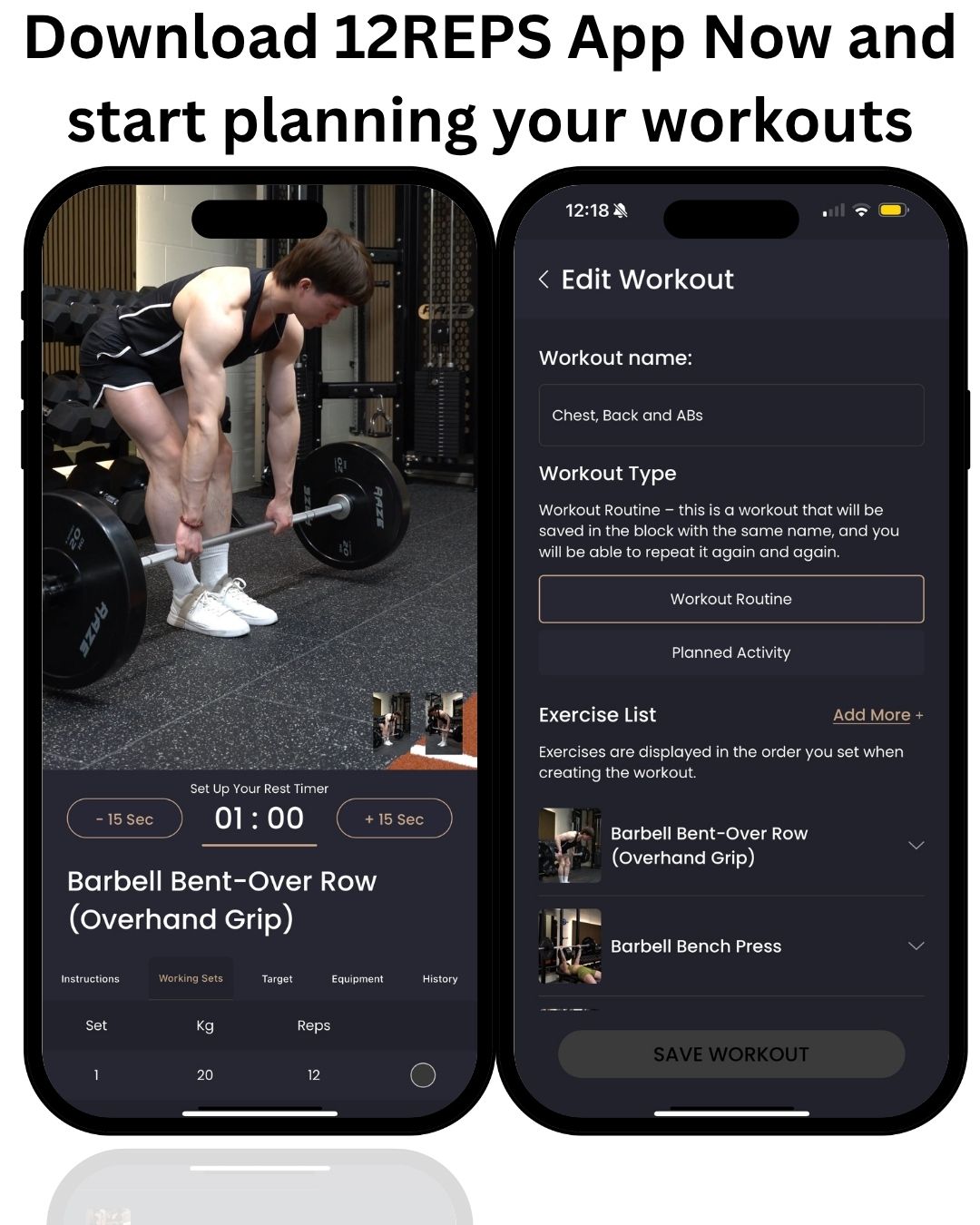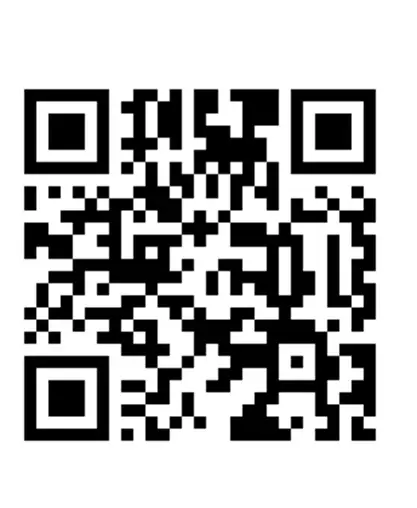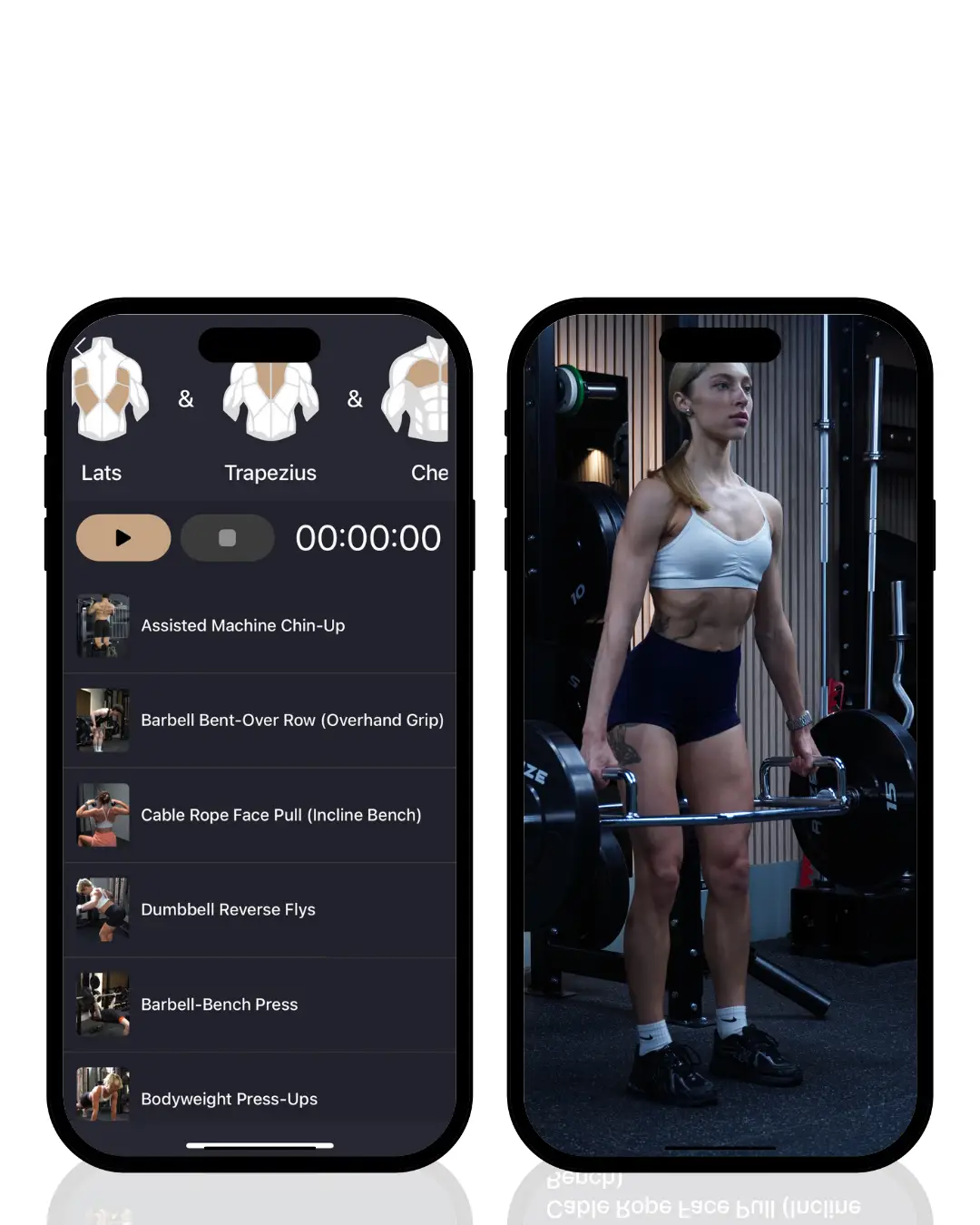By Will Duru, BSc (Hons) Sport and Exercise Science. Award-winning Personal Trainer with over 10 years of experience in strength training and optimising recovery
Understanding the Menopause-Running Connection
I’ll never forget Marika. She came to me in tears after a particularly frustrating run. “I used to love running,” she said. “Now I feel like my body is working against me.” Marika was 48, going through menopause, and struggling with something I see all too often in my practice – the challenge of maintaining a running routine when your body feels completely different.
Over the past decade, I’ve worked with women navigating fitness during menopause. What I’ve learnt is that the frustration is real, but so are the solutions. The key is understanding what’s happening in your body and adapting your approach accordingly.
Menopause affects every aspect of athletic performance. Your hormones change, your body temperature regulation shifts, and your energy levels fluctuate. But here’s what I tell all my clients: this isn’t the end of your running journey. It’s simply a new chapter that requires different strategies.
In this article, I’ll share what I’ve learnt from working with menopausal runners. I’ll explain the science behind what you’re experiencing, give you practical solutions for common challenges, and show you how to redefine success in a way that keeps you motivated and healthy.
Most importantly, I’ll help you understand that running through menopause isn’t about getting back to where you were. It’s about discovering what you’re capable of now, with the wisdom and experience that comes with this life stage.
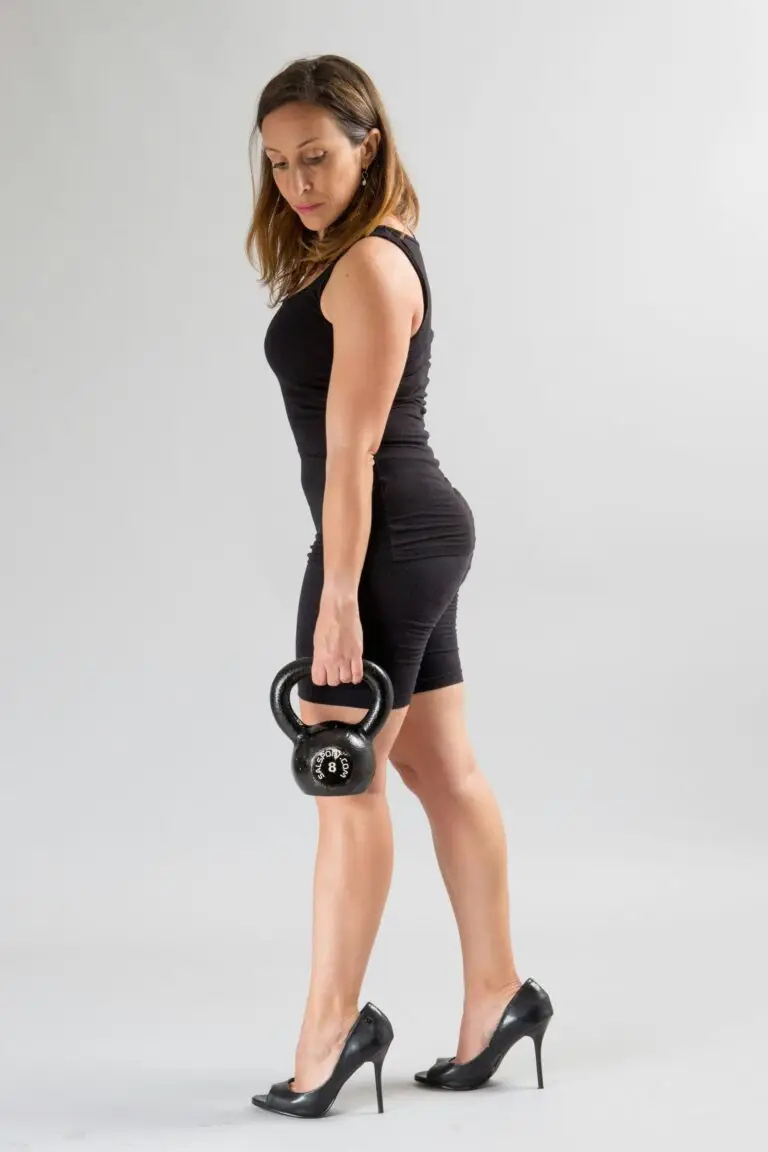
The Science Behind What You're Experiencing
Hormonal Changes and Their Impact
When I first started training women going through menopause, I quickly realised that traditional training methods weren’t working. The science explains why.
Oestrogen is crucial for cardiovascular function, muscle protein synthesis, and temperature regulation 1. As oestrogen levels drop during menopause, women experience significant changes that directly impact running performance.
One of my clients, Lisa, described it perfectly: “It’s like someone turned up the difficulty setting on my body.” She was right. Research shows that postmenopausal women experience a 10-15% decrease in VO2 max compared to their premenopausal levels. This means your body becomes less efficient at using oxygen during exercise, which explains why runs that used to feel easy now leave you breathless.
The decline in oestrogen also affects how your body uses fat for fuel. Before menopause, women are naturally better at burning fat during exercise. After menopause, this ability decreases, making weight management more challenging and affecting endurance performance.
Progesterone changes add another layer of complexity. This hormone affects sleep quality and energy levels. Many of my clients report feeling tired even after a full night’s sleep. Poor sleep directly impacts recovery and makes it harder to maintain consistent training.
The muscle mass loss is perhaps the most significant change. Women can lose up to 8% of their muscle mass per decade after menopause. This affects running economy, power output, and overall metabolic rate. It’s why strength training becomes absolutely essential during this time.
Temperature Regulation Challenges
The temperature regulation issues are often the most frustrating for my clients. Marika, a marathon runner, told me: “I used to run in any weather. Now I overheat in conditions that never bothered me before.”
The hypothalamus, your body’s thermostat, becomes less stable due to hormonal fluctuations. This leads to hot flashes and makes temperature regulation during exercise much more difficult 2.
During exercise, menopausal women have a narrower comfort zone for temperature. You feel hot more quickly and struggle to cool down efficiently. Your sweat response changes too. Some women experience delayed sweating, whilst others sweat excessively.
The relationship between exercise and hot flashes is complex. Regular exercise can reduce hot flash frequency over time, but intense exercise sessions can trigger them. This creates a challenging cycle where the activity that helps manage symptoms becomes difficult to tolerate.
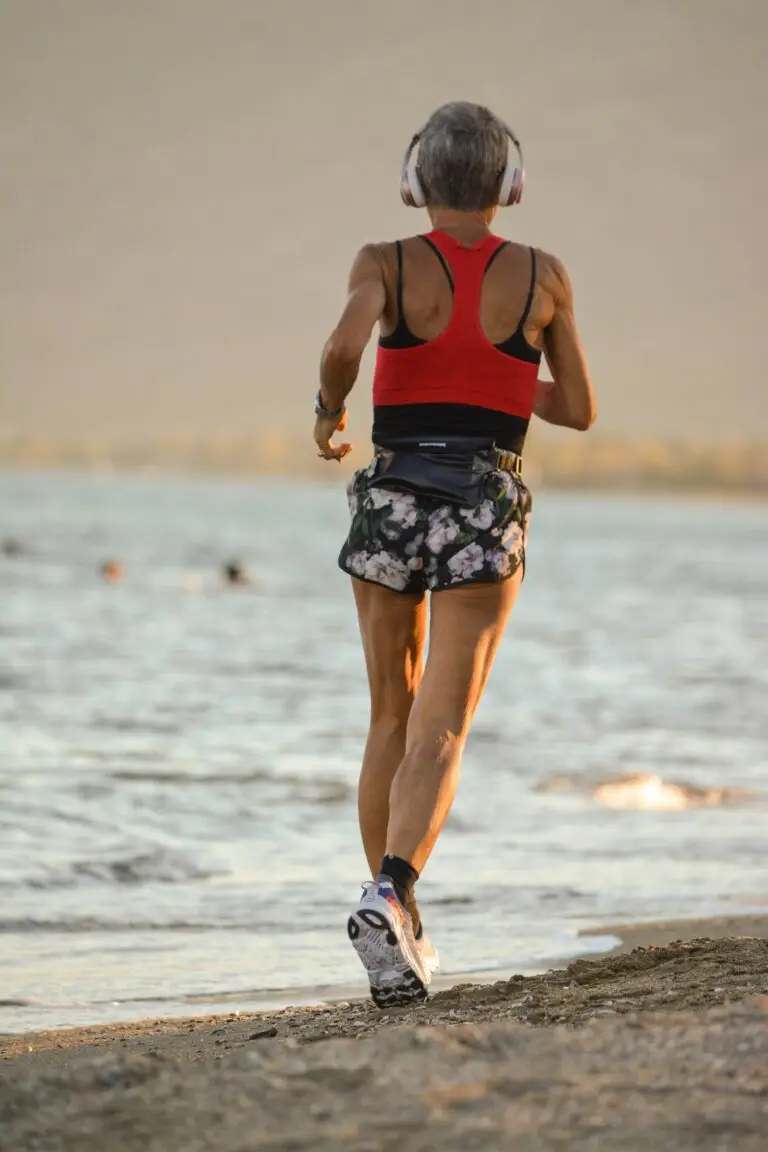
Environmental and Practical Running Challenges
Weather and Temperature Considerations
After years of working with menopausal runners, I’ve developed specific strategies for different weather conditions.
Summer Running: Summer becomes particularly challenging. I advise my clients to run early morning, typically between 5:00-7:00 AM when temperatures are coolest. Evening runs after 7:00 PM can work, but be aware that some women experience more hot flashes in the evening. One client, Lisa, discovered that running in shaded areas made a huge difference. She mapped out routes through parks and tree-lined streets, avoiding exposed areas during peak sun hours.
Winter Advantages: Many of my menopausal clients discover that winter becomes their favourite running season. The cooler external temperatures help counteract the internal heat generation during exercise. Don’t be surprised if you find yourself preferring colder weather, this is completely normal.
Indoor Running: Treadmill running offers complete environmental control. Position yourself near air conditioning or fans. Don’t worry about running slower speeds if it means completing your workout comfortably. I often tell clients that a completed slow run is better than an abandoned fast one.
Clothing and Equipment Strategies
The right clothing becomes crucial during menopause. I recommend moisture-wicking fabrics with enhanced cooling properties. Look for materials with silver threading or specialised cooling fibres.
Avoid cotton completely. It retains moisture and heat, making temperature regulation worse. Instead, invest in technical fabrics designed for hot weather running.
Develop a layering system that allows quick adjustments. Start with a moisture-wicking base layer, add a light removable outer layer, and carry a lightweight jacket that ties around your waist.
Cooling accessories can be game-changers. Neck wraps that you soak in cold water, cooling towels, or small handheld fans for post-run cooling all help. Some clients find wearing a damp bandana or cooling headband helpful during runs.

Redefining Running Success
Moving Beyond Time-Based Goals
This is perhaps the most important conversation I have with menopausal clients. The traditional metrics of success, pace, distance, personal records, often become sources of frustration rather than motivation.
I remember working with Michelle, a former competitive runner. She was devastated that her 5K time had slowed by several minutes. We spent weeks working on shifting her mindset from performance to process.
The health benefits of running, cardiovascular protection, bone density maintenance, mood regulation, and cognitive function, come from regular moderate exercise, not necessarily fast-paced running 3.
I ask my clients to remember why they started running. For most, it wasn’t about achieving specific times. It was about feeling strong, managing stress, maintaining health, or enjoying the meditative quality of movement.
Success during menopause looks different. It’s running consistently through hormonal fluctuations. It’s maintaining a positive relationship with exercise. It’s adapting successfully to your body’s changes whilst finding joy in movement regardless of pace.
Embracing a New Running Identity
Menopause offers an opportunity to develop a more mature, sustainable relationship with running. You’re not a “former” runner or a “slower” runner. You’re a runner who has adapted to life’s changes whilst maintaining your commitment to health.
This new identity involves self-compassion and flexibility. Some days your energy will be high, and you’ll feel strong. Other days, hormonal fluctuations or sleep disruption may make running more challenging. Learning to honour these fluctuations without judgement is crucial.
Building confidence through consistency becomes more important than building confidence through speed. Celebrate showing up for your run, regardless of how it felt. Acknowledge the mental strength it takes to maintain exercise during menopause.
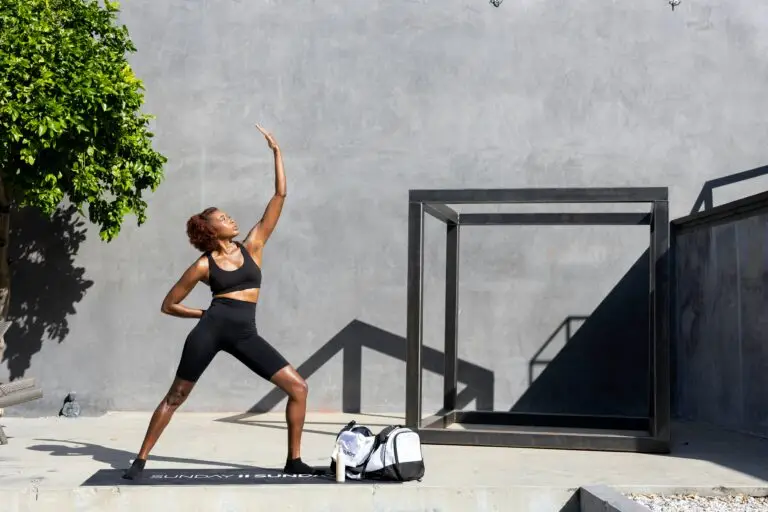
Strategic Training Adaptations
Timing and Frequency Adjustments
Menopause often disrupts natural energy patterns. Many women find their optimal exercise times shift. Some become naturally inclined toward morning exercise, whilst others find afternoon or early evening works better.
I encourage clients to experiment with different times and track their energy levels. Keep a simple log noting how you feel at different times of day.
Rather than adhering to a rigid schedule, develop flexibility that allows for 3-5 runs per week based on how you’re feeling. Some weeks you may feel energetic enough for 5 runs, whilst other weeks 3 quality runs may be more appropriate.
Intensity and Recovery Modifications
Hormonal changes can affect heart rate response to exercise. Some women experience higher resting heart rates or different patterns during exercise. I recommend using perceived exertion rather than strict heart rate zones to guide training intensity.
Recovery becomes increasingly important. Plan for longer recovery periods between hard efforts. Don’t hesitate to take extra rest days when your body signals the need.
Active recovery strategies become essential. Gentle walking, stretching, or light yoga on rest days can help maintain movement without adding stress.
The Critical Role of Strength Training
Why Strength Training Becomes Essential
This is where I see the biggest transformation in my clients. Strength training transitions from beneficial to absolutely essential during menopause.
The loss of oestrogen significantly impacts muscle protein synthesis. Without adequate stimulus from resistance training, women can lose 3-8% of their muscle mass per year after menopause. This directly affects running performance – less muscle means reduced power output, decreased running economy, and slower recovery.
Muscle tissue burns calories even at rest. As muscle mass decreases, so does your resting metabolic rate, making weight management increasingly difficult. This explains why many women notice weight gain during menopause even when diet and exercise habits haven’t changed.
Bone density is another critical concern. Women lose up to 20% of their bone density in the five to seven years following menopause. Whilst running provides some bone-building stimulus, resistance training is far more effective at maintaining and building bone density.
Strength Training Benefits for Runners
The integration of strength training creates a synergistic effect that enhances running performance. Research shows that menopausal women who combine aerobic exercise with resistance training experience better outcomes in body composition, bone density, cardiovascular health, and quality of life 4.
Strength training addresses many specific challenges that emerge during menopause. Power and strength gains help counteract the natural decline in fast-twitch muscle fibres. This means you can maintain your ability to handle hills and varied pace running.
Injury prevention becomes increasingly important as recovery time lengthens. Strength training improves the resilience of muscles, tendons, and ligaments, reducing overuse injury risk.
The metabolic benefits are particularly valuable. Resistance training creates an “afterburn” effect, where your metabolism remains elevated for hours after your workout. This helps counteract the decline in resting metabolic rate.
Perhaps most importantly, strength training provides empowerment during a time when many women feel their bodies are changing in unwelcome ways. The ability to progressively lift heavier weights and see visible improvements can be incredibly confidence-building.

Comprehensive Strength Training Programme
Programme Overview
I’ve designed this programme specifically for menopausal runners. It follows a twice-weekly schedule that provides adequate stimulus for muscle maintenance and growth whilst allowing sufficient recovery.
The programme uses dumbbells, kettlebells, bodyweight exercises, and resistance bands. This ensures you can train at home, in a gym, or whilst travelling.
Each exercise is performed for 4 sets. The first set serves as a warm-up using lighter weight and higher repetitions (10-15 reps). The subsequent three working sets use progressively heavier resistance and lower repetitions (8-12 reps).
Workout A: Upper Body Focus
Warm-Up (5-10 minutes):
•Arm circles: 10 forward, 10 backward
•Shoulder blade squeezes: 15 repetitions
•Cat-cow stretches: 10 repetitions
•Band pull-aparts: 15 repetitions
•Bodyweight squats: 10 repetitions
| Superset | Exercise | Weight | Reps | Sets | Rest |
| 1A | Dumbbell Chest Press | Light | 10-15 | 1 (warm-up) | 30 sec |
| 1A | Dumbbell Chest Press | Challenging | 8-12 | 3 (working) | 30 sec |
| 1B | Resistance Band Chest Fly | Light | 15 | 1 (warm-up) | 90 sec |
| 1B | Resistance Band Chest Fly | Moderate | 12-15 | 3 (working) | 90 sec |
| 2A | Dumbbell Bent-Over Row | Light | 12-15 | 1 (warm-up) | 30 sec |
| 2A | Dumbbell Bent-Over Row | Challenging | 8-12 | 3 (working) | 30 sec |
| 2B | Resistance Band Face Pulls | Light | 15 | 1 (warm-up) | 90 sec |
| 2B | Resistance Band Face Pulls | Moderate | 12-15 | 3 (working) | 90 sec |
| 3A | Dumbbell Shoulder Press | Light | 12-15 | 1 (warm-up) | 30 sec |
| 3A | Dumbbell Shoulder Press | Challenging | 8-12 | 3 (working) | 30 sec |
| 3B | Plank with Band Pull-Apart | Bodyweight | 30 sec + 5 pulls | 1 (warm-up) | 90 sec |
| 3B | Plank with Band Pull-Apart | Bodyweight | 45-60 sec + 8-10 pulls | 3 (working) | 90 sec |
Cool-Down (5-10 minutes):
•Chest doorway stretch: 30 seconds each arm
•Overhead tricep stretch: 30 seconds each arm
•Cross-body shoulder stretch: 30 seconds each arm
•Deep breathing: 2 minutes
Workout B: Lower Body and Core
Warm-Up (5-10 minutes):
•Leg swings: 10 forward/back, 10 side-to-side each leg
•Hip circles: 10 each direction
•Bodyweight squats: 15 repetitions
•Glute bridges: 15 repetitions
•Calf raises: 20 repetitions
| Superset | Exercise | Weight | Reps | Sets | Rest |
| 1A | Dumbbell Goblet Squats | Light | 12-15 | 1 (warm-up) | 30 sec |
| 1A | Dumbbell Goblet Squats | Challenging | 10-12 | 3 (working) | 30 sec |
| 1B | Jump Squats | Bodyweight | 8-10 | 1 (warm-up) | 90 sec |
| 1B | Jump Squats | Bodyweight | 10-15 | 3 (working) | 90 sec |
| 2A | Kettlebell Deadlifts | Light | 12-15 | 1 (warm-up) | 30 sec |
| 2A | Kettlebell Deadlifts | Challenging | 8-12 | 3 (working) | 30 sec |
| 2B | Single-Leg Glute Bridges | Bodyweight | 8 each leg | 1 (warm-up) | 90 sec |
| 2B | Single-Leg Glute Bridges | Bodyweight | 10-12 each leg | 3 (working) | 90 sec |
| 3A | Dumbbell Reverse Lunges | Light | 10 each leg | 1 (warm-up) | 30 sec |
| 3A | Dumbbell Reverse Lunges | Challenging | 8-10 each leg | 3 (working) | 30 sec |
| 3B | Single-Leg Calf Raises | Bodyweight | 10 each leg | 1 (warm-up) | 90 sec |
| 3B | Single-Leg Calf Raises | Bodyweight | 12-15 each leg | 3 (working) | 90 sec |
Cool-Down (5-10 minutes):
•Standing quad stretch: 30 seconds each leg
•Standing calf stretch: 30 seconds each leg
•Figure-4 hip stretch: 30 seconds each leg
•Child’s pose: 60 seconds
Nutritional Strategies
Macronutrient Optimisation
Nutrition during menopause requires a strategic approach. The hormonal changes affect how your body processes different nutrients.
Protein requirements increase significantly. Whilst general recommendations suggest 0.8 grams per kilogram of body weight, menopausal women who are active should aim for 1.2-1.6 grams per kilogram. For a 70kg woman, this means approximately 84-112 grams of protein daily.
Timing matters. Consume 20-30 grams of high-quality protein within 30 minutes after strength training to optimise muscle protein synthesis. For runners, having protein before and after longer runs helps minimise muscle breakdown.
Carbohydrate needs remain important, but the approach may need adjustment. The decline in oestrogen can affect insulin sensitivity. Focus on complex carbohydrates with a lower glycemic index to maintain stable blood sugar levels.
Healthy fats become increasingly important for hormone production and satiety. Omega-3 fatty acids may help reduce inflammation and support cardiovascular health.
Specific Dietary Considerations
Sugar elimination becomes particularly important during menopause. Hormonal changes can increase cravings for sweet foods whilst making the body less efficient at processing sugar. High sugar intake can worsen mood swings, energy fluctuations, and weight gain.
A sugar-free approach doesn’t mean eliminating all carbohydrates. Focus on whole food sources like fruits, vegetables, and whole grains while avoiding processed foods with added sugars.
Some women find eliminating gluten helps reduce bloating and digestive discomfort. However, ensure a gluten-free diet still provides adequate fibre and B vitamins.
Hydration strategies become more complex due to changes in temperature regulation. Maintain consistent water intake throughout the day rather than trying to hydrate heavily before exercise.
Technology Integration: The 12Reps App Solution
The 12Reps app offers valuable support for women navigating fitness during menopause. Its personalised, adaptive approach to strength training is particularly beneficial when energy levels and capabilities fluctuate significantly.
The app’s flexibility allows you to select workouts based on your current energy level, available time, and equipment access. This adaptability is crucial during menopause when hormonal fluctuations make it difficult to predict how you’ll feel.
The extensive exercise library features over 1,300 strength exercises with video demonstrations from certified trainers. This provides the guidance and confidence many women need when incorporating strength training.
Progress tracking helps maintain motivation when traditional fitness metrics might be fluctuating. Instead of focusing solely on running times, you can track strength gains, consistency, and other meaningful measures of progress.
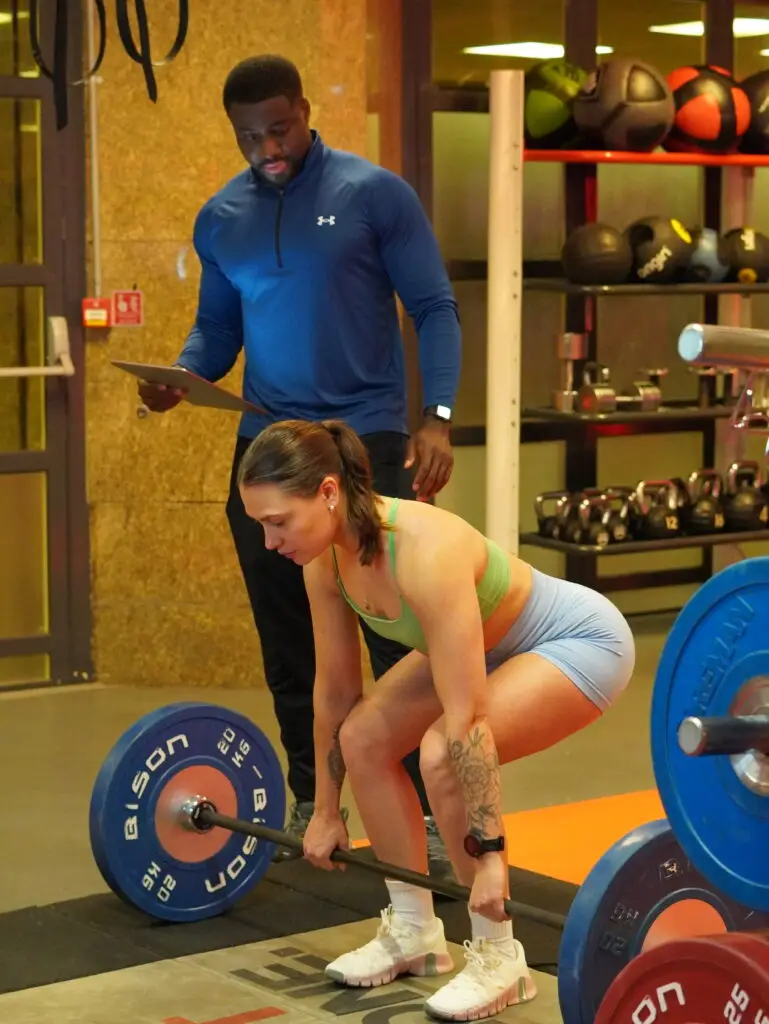
Practical Implementation Guide
Getting Started: Week-by-Week Approach
Week 1-2: Assessment.
Begin by honestly assessing your current fitness level, energy patterns, and menopausal symptoms. Keep a detailed log tracking running performance, energy levels, sleep quality, hot flash frequency, and overall mood. Focus on consistency rather than intensity. Run at a comfortable pace that allows conversation. Pay attention to how your body responds to different conditions, times of day, and clothing choices.
Week 3-4: Implementation.
Begin implementing temperature management strategies. If early morning runs work best, gradually shift your schedule. Start experimenting with different clothing combinations and cooling strategies. Introduce the second weekly strength training session, ensuring at least one full day of rest between sessions.
Month 2: Integration.
By the second month, you should understand your optimal running conditions and have established consistent strength training. Focus on building consistency and gradually increasing the challenge of your workouts as your body adapts. Continue prioritising mindset shifts, celebrating consistency and effort over pace and distance.
Troubleshooting Common Challenges
Motivation Fluctuations: Hormonal changes can significantly impact motivation. Develop strategies for low-motivation days: commit to just 10 minutes of movement, have energising music ready, or schedule runs with a friend for accountability. Remember that motivation often follows action. On difficult days, commit to just getting dressed in workout clothes and stepping outside.
Hot Flashes During Exercise: If you experience a hot flash during a run, slow your pace, focus on deep breathing, and move to shade if possible. Many women find that continuing gentle movement helps hot flashes pass more quickly than stopping completely.
Carry a small towel or cooling cloth. Applying cold water to your wrists provides quick cooling relief.
Adjusting for Difficult Days: Develop clear modifications for days when you’re not feeling your best. This might include reducing planned distance by half, switching from outdoor to indoor running, or replacing a run with strength training or gentle walking.
Embracing Your Menopausal Running Journey
The journey of running through menopause isn’t about returning to who you were before. It’s about discovering who you can become with the wisdom and experience of this life stage.
Every woman’s experience with menopause is unique. What works for others may need adaptation for your specific situation. The key is approaching this journey with patience, self-compassion, and a willingness to experiment.
The combination of strategic running adaptations, comprehensive strength training, proper nutrition, and mindset shifts creates a powerful foundation for thriving through menopause. Your commitment to maintaining an active lifestyle during this challenging time is an investment in your long-term health.
Remember that progress may not always be linear. There will be good days and challenging days, but each day you choose to move your body is a victory worth celebrating.
The strength you develop, both physical and mental, through navigating running during menopause will serve you well beyond this transitional period. You’re proving that menopause isn’t an ending, but a transformation into a new phase where you can continue pursuing your goals and finding joy in movement.
Your running journey during menopause is uniquely yours. With the right strategies, support, and mindset, it can be one of the most empowering chapters of your fitness story.
References
[1] Runner’s World UK – Running through menopause: How to navigate the challenges https://www.runnersworld.com/uk/health/a44382118/menopause/
[2] TrainingPeaks – An Athlete’s Guide to Dealing With Menopause https://www.trainingpeaks.com/blog/athletes-menopause/
[3] PMC – Physical Performance During the Menopausal Transition https://pmc.ncbi.nlm.nih.gov/articles/PMC8361353/
[4] The Journal of Physiology – The therapeutic role of exercise training during menopause https://physoc.onlinelibrary.wiley.com/doi/full/10.1113/EP092191


